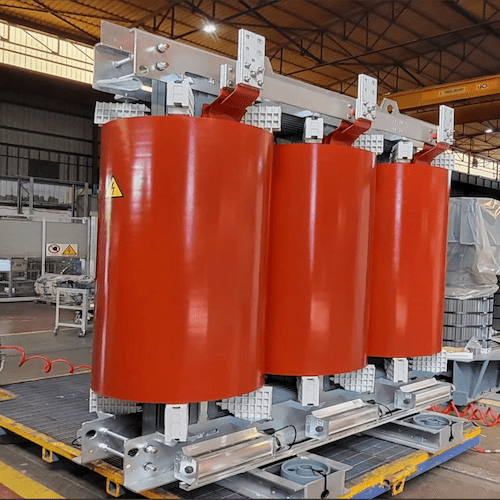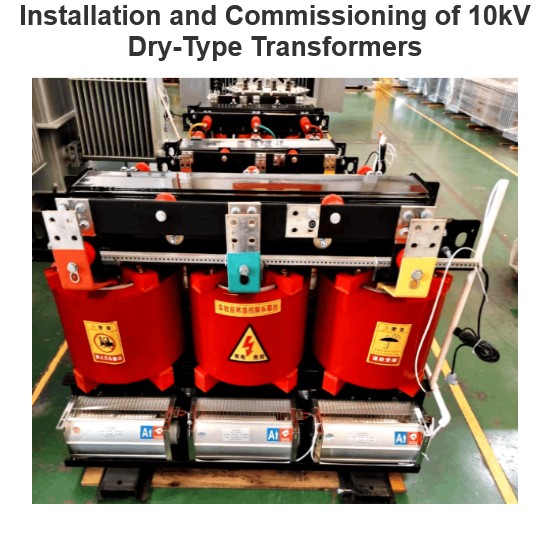How is an autotransformer connected to its primary winding?
The primary and secondary windings of an autotransformer are partly shared.
The connection of the autotransformer is as follows:
First, winding structure
The winding of an autotransformer consists of a continuous coil, one part of which is the primary winding and the other part of which is both a part of the primary winding and a secondary winding. For example, the coil of an autotransformer can be divided into three parts, where the two ends of the part are connected to the power supply and the load, and the middle part is both the primary and secondary winding.
Second, connection mode
Input connection
One end of the primary winding is connected to one pole of the power supply, usually the firewire. The connection of this end is usually directly connected to the output end of the power supply through a wire, ensuring that the current can flow smoothly into the winding of the autotransformer.
For example, in the case of 220V AC power supply, one end of the autotransformer primary winding is connected to the firewire jack of a household power outlet.
Output connection
The other end of the primary winding is connected to one end of the secondary winding, and this point is usually the tap point of the autotransformer. By adjusting the position of this tap, the output voltage can be changed.
For example, in some voltage adjustable autotransformers, the tap position can be changed by turning the knob to achieve different output voltages.
Secondary winding connection
The other end of the secondary winding is connected to the load. The load can be a variety of electrical equipment or circuit components, and the type and power of the load can vary greatly according to different needs.
For example, in an autotransformer used in laboratory equipment, the other end of the secondary winding may be connected to an electronic instrument that requires a specific voltage.
Third, precautions
Insulation requirements
Since the primary and secondary windings of the autotransformer are partly shared, the insulation requirements are very high. Good insulation between windings must be ensured to prevent safety issues such as short circuits and leakage.
For example, in the manufacturing process of autotransformers, high-quality insulation materials are used and strict insulation tests are carried out to ensure the safety of the product.
Voltage level
When connecting an autotransformer, it is necessary to ensure that the input voltage and output voltage levels match the rated parameters of the autotransformer. If the input voltage is too high, the autotransformer may be damaged. If the output voltage does not meet the requirements of the load, the load may not work properly.
For example, when selecting an autotransformer, the appropriate autotransformer model and specification should be selected according to the power and voltage requirements of the load.
The Electricity Encyclopedia is dedicated to accelerating the dissemination and application of electricity knowledge and adding impetus to the development and innovation of the electricity industry.













